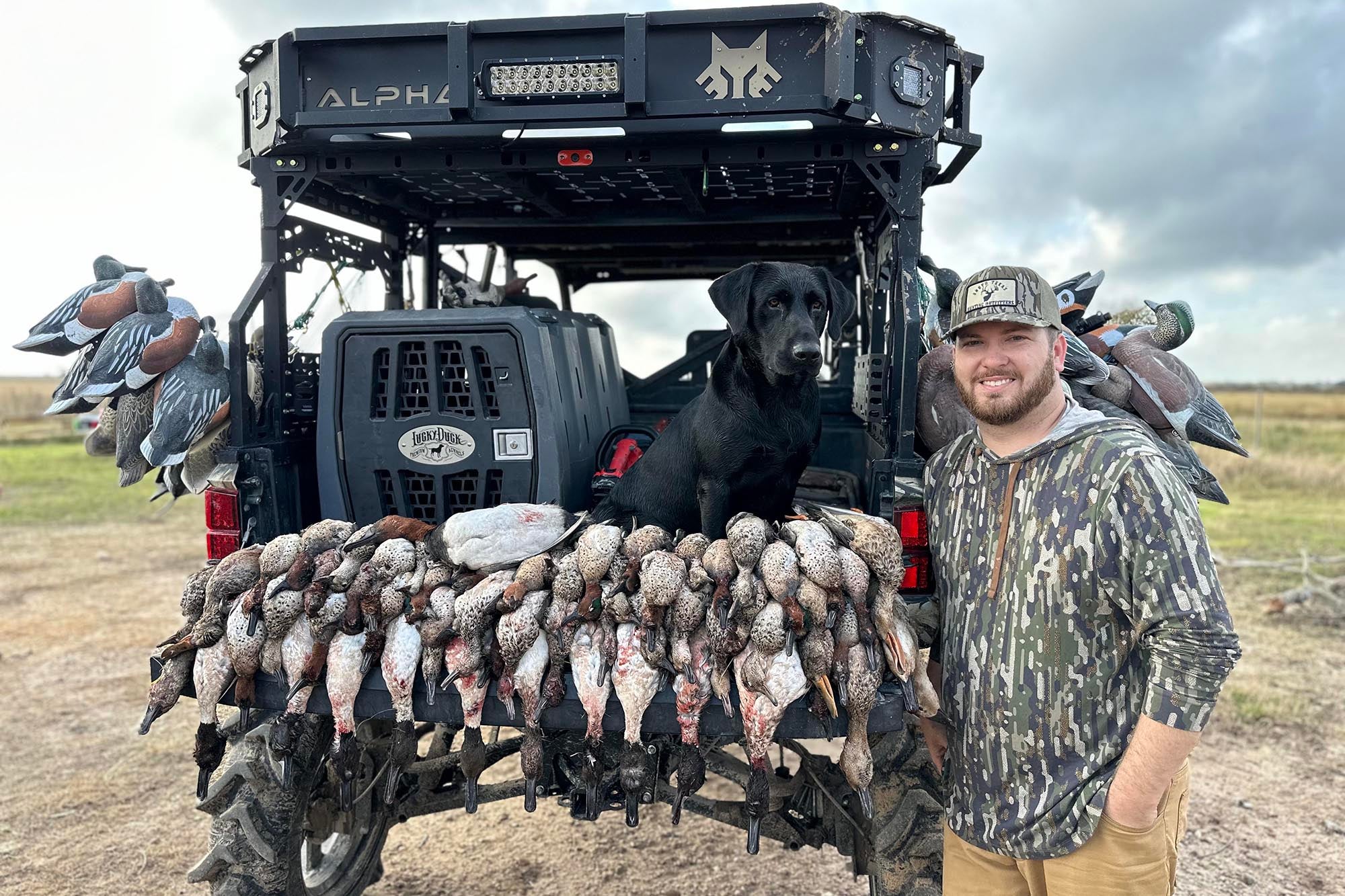Now that the days of chasing Whitetail Deer are in the past for the current season, one question emerges for every hunter: How do I attract more deer to my property for next season?
Realistically, even during the off-season, most hunters are thinking about deer. For hunters and wildlife managers, one tactic that can help answer the above question is early-season food plots. They can be a game-changing strategy in the quest for a successful hunting season. These strategically planted plots provide a steady supply of nutrition, attracting them to specific locations and increasing the chances of a fruitful hunt. In this post, we'll delve into the world of early-season food plots, exploring what they are, why they matter, and how to establish and maintain them effectively.
What are Early Season Food Plots?

Early-season food plots are cultivated areas, often small fields or clearings, specifically planted with a variety of crops to provide wildlife with an attractive, nutritious food source. These plots are typically established before the hunting season to entice game animals such as deer, turkeys, and other species to forage in the vicinity. By offering an abundant, easy-to-access food supply, early-season food plots enhance hunting opportunities.
Benefits of Early Season Food Plots
Increased Attraction: Early-season food plots are like magnets for wildlife. By providing a consistent and diverse food source, these plots attract animals to specific areas, increasing the likelihood of successful hunts when the season rolls around.
Nutritional Support: Game animals need to maintain their energy and health throughout the year. Early-season food plots offer essential nutrients and sustenance to wildlife, helping them stay healthy.
Improved Scouting: Food plots serve as excellent locations for hunters to scout game, gain insights into the patterns and behaviors of the animals, and take an inventory of the animals they hope to hunt.
Creating and Managing Early Season Food Plots

Soil Testing: Before planting, conduct soil tests to determine nutrient levels and pH. Adjust the soil as necessary to ensure optimal crop growth.
Select Suitable Crops: Choose a variety of crops that are both attractive and nutritious for game animals. Common choices include clover, soybeans, corn, brassicas, and various grains.
Planting Timing: Early-season food plots should be established well before hunting season begins. Planting times may vary depending on your location, but late spring or early summer is often ideal.
Weed Control: Regularly monitor your food plots for weeds and invasive plants that can compete with your desired crops. Weed control is essential for the success of your plot.
Regular Maintenance: Throughout the growing season, maintain your food plots by providing supplemental nutrients and water if needed. Mowing can also help manage the height of your crops and make the plots more attractive to wildlife.
Trail Cameras: Use trail cameras to monitor wildlife activity in and around your food plots. This will help you track game movements and make informed hunting decisions.
Ethical Hunting: Remember to practice ethical and sustainable hunting. Only take what you can use, adhere to hunting regulations, and respect the environment.

Early-season food plots are a valuable tool for hunters and wildlife managers alike. They provide a consistent, nutritious food source for game animals, increasing the chances of a successful hunt in the fall. By carefully planning, planting, and maintaining these plots, you can create a deer haven while also contributing to the well-being and sustainability of local wildlife populations. Whether you're a seasoned hunter or a wildlife enthusiast, early-season food plots can be a rewarding addition to your outdoor experience.







